GUIDE
In today's digital landscape, managing a vast array of assets efficiently can make or break a business. A Digital Asset Management (DAM) system emerges as the linchpin, providing a unified platform that ensures consistency, accessibility, and security of digital content. Imagine a world where every team member accesses the same up-to-date information, fostering collaboration and driving productivity. This is not merely a dream but a tangible reality with DAM as the ultimate single source of truth.
Consider the daily challenges faced by marketing teams, creative agencies, and content managers. They constantly grapple with locating the right assets, ensuring brand consistency, and maintaining version control. Without a centralised repository, these tasks can spiral into chaos. DAM systems address these pain points by offering a reliable, centralised solution that consolidates all digital assets in one place.
The benefits of adopting a DAM system extend beyond mere organisation. It empowers teams to work smarter, not harder. By eliminating redundant processes and streamlining workflows, DAM systems enhance operational efficiency. Teams can focus on what truly matters: creating and delivering impactful content that resonates with their audience.
Moreover, a DAM system acts as a guardian of brand integrity. With controlled access and permission settings, it safeguards against unauthorised use and ensures compliance with brand guidelines. This security feature is crucial for maintaining a consistent brand image across all channels.
In this article, we delve deeper into why DAM is indispensable for businesses seeking to establish a single source of truth. We explore key features, discuss implementation strategies, and highlight real-world examples of organisations that have reaped the benefits of a well-executed DAM strategy. Join us as we uncover how DAM can transform your approach to digital asset management and propel your business towards sustained success.
Introduction
In today's digital landscape, managing a vast array of assets efficiently can make or break a business. A Digital Asset Management (DAM) system emerges as the linchpin, providing a unified platform that ensures consistency, accessibility, and security of digital content. Imagine a world where every team member accesses the same up-to-date information, fostering collaboration and driving productivity. This is not merely a dream but a tangible reality with DAM as the ultimate single source of truth.
Consider the daily challenges faced by marketing teams, creative agencies, and content managers. They constantly grapple with locating the right assets, ensuring brand consistency, and maintaining version control. Without a centralised repository, these tasks can spiral into chaos. DAM systems address these pain points by offering a reliable, centralised solution that consolidates all digital assets in one place.
The benefits of adopting a DAM system extend beyond mere organisation. It empowers teams to work smarter, not harder. By eliminating redundant processes and streamlining workflows, DAM systems enhance operational efficiency. Teams can focus on what truly matters: creating and delivering impactful content that resonates with their audience.
Moreover, a DAM system acts as a guardian of brand integrity. With controlled access and permission settings, it safeguards against unauthorised use and ensures compliance with brand guidelines. This security feature is crucial for maintaining a consistent brand image across all channels.
In this article, we delve deeper into why DAM is indispensable for businesses seeking to establish a single source of truth. We explore key features, discuss implementation strategies, and highlight real-world examples of organisations that have reaped the benefits of a well-executed DAM strategy. Join us as we uncover how DAM can transform your approach to digital asset management and propel your business towards sustained success.
Navigation
Steps to Follow
ONE
Actionable Steps
Examples
Best Practices
TWO
Actionable Steps
Examples
Best Practices
THREE
Actionable Steps
Examples
Best Practices
Common Mistakes to Avoid
In the ever-evolving landscape of digital asset management, establishing a single source of truth is not merely a luxury but a necessity. The digital asset management system (DAM) serves as this ultimate repository, ensuring that organisations have consistent, accurate, and accessible information at their fingertips. By centralising digital assets, a DAM eliminates the chaos of scattered data, providing a streamlined and efficient approach to information management.
A DAM system enhances collaboration across departments. When teams access the same, up-to-date assets, they can collaborate more effectively, reducing the risk of miscommunication and duplication of efforts. This unified approach fosters a more cohesive organisational culture, where every team member is aligned with the brand's vision and messaging.
Furthermore, a DAM provides significant operational efficiencies. By automating the organisation and retrieval of digital assets, it saves time and resources. Teams can focus on creative and strategic tasks rather than wasting time searching for files. This efficiency translates into cost savings and increased productivity, giving organisations a competitive edge in the market.
The system also plays a crucial role in maintaining brand consistency. By housing all brand-related assets in one location, a DAM ensures that only approved and up-to-date materials are used. This consistency is vital for building and maintaining a strong brand identity, which is essential for customer trust and loyalty.
Security is another critical benefit of a DAM system. With advanced access controls and permissions, organisations can protect their valuable digital assets from unauthorised access and potential breaches. This security is not only about safeguarding information but also about ensuring compliance with industry regulations and standards.
However, the successful implementation of a DAM system requires careful planning and ongoing management. Organisations must assess their specific needs and select a solution that aligns with their objectives. Regular reviews and updates are essential to ensure the system continues to meet organisational demands and adapts to changing technological landscapes.
In summary, a DAM system is more than a repository of digital assets; it is the backbone of a modern organisation's information strategy. By acting as the ultimate single source of truth, it empowers businesses to operate with greater agility, consistency, and security. Investing in a DAM is investing in the future of efficient and effective digital asset management.
Faq
Frequently Asked Questions
A: A Digital Asset Management system is a software solution designed to store, organise, and manage digital assets such as images, videos, documents, and other media files. It provides a centralised repository that enables users to efficiently search, retrieve, and distribute assets, ensuring consistency and control over digital content.
A: A DAM system serves as a single source of truth by consolidating all digital assets into one unified platform. It ensures that all users access the most current and accurate versions of assets, thereby reducing discrepancies and errors. The system's metadata and version control features maintain asset integrity and streamline workflows across departments.
A: Implementing a DAM system offers several advantages for businesses. It enhances collaboration by providing easy access to assets, saves time through efficient search and retrieval, and protects brand integrity with consistent asset usage. Additionally, it optimises asset utilisation and supports compliance with licensing and copyright requirements.
DAM Guides
Click here to explore our in-depth Guides—step-by-step walkthroughs designed to help you master DAM, AI, integrations, and workflow optimization.
DAM Articles
Click here to dive into our latest Articles—insightful reads that unpack trends, strategies, and real-world applications across the digital asset world.
Take me to Articles
DAM Resources
Click here to access our practical Resources—including tools, checklists, and templates you can put to work immediately in your DAM practice.
Take me to Resources



